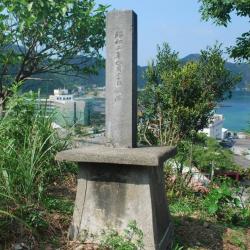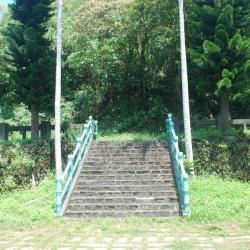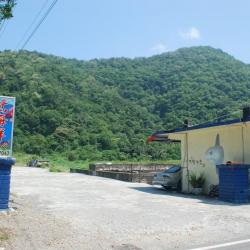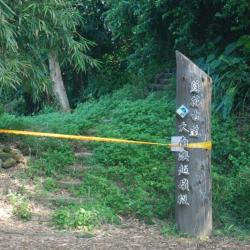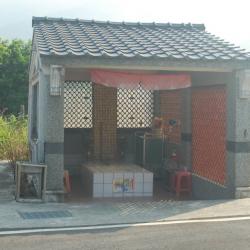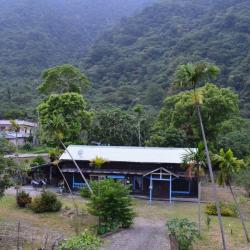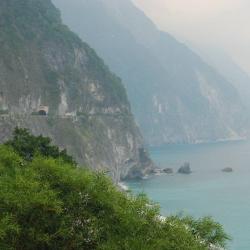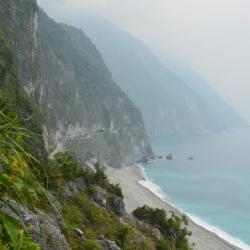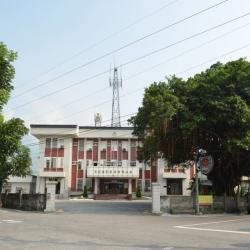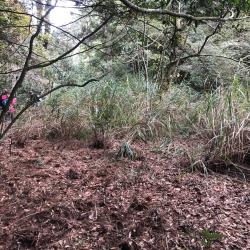The Kotohira Shrine, located in Su’ao Township in Yilan County, was built in 1927 by Shinto shrines carpenters, who arrived in Taiwan during the Japanese occupation. The shrine was for worshiping General Kimpira, one of the 12 Buddhist saints, who is the guardian of sea traffic. Therefore, shrines like Kotohira Shrine are mostly built by ports.
Today, the main building of the Kotohira Shrine no longer exists. Although the foundation and path of the shrine can still be seen with stone benches, stone tables, stone lamps, and stone pillars, and that the overall spatial pattern is still roughly complete, the stone steps below the first level foundation were demolished during the construction of the Suhua Highway. In 2010, the Yilan County Government announced it as the county’s heritage site.
